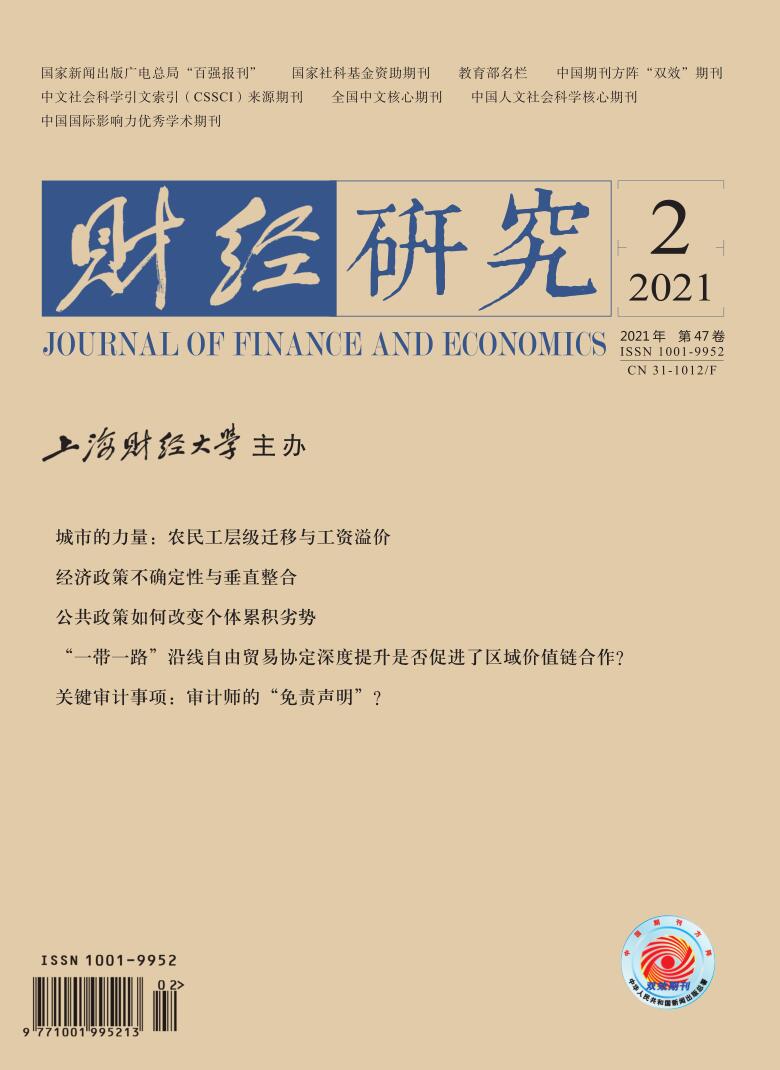Migrant workers have made great contributions to China’s socioeconomic development and urbanization during the last decades. By the end of 2019, the total amount of migrant workers has reached 290.8 million. Among them, 174.3 million are inter-provincial migrants and 116.5 million are intra-provincial migrants. Larger cities are more attractive to migrants by offering more job opportunities and better quality of life. The location within cities is heterogeneous. The geographical location of cities is different, which is reflected in the differences in productivity and facilities. The administrative hierarchy of Chinese cities will affect the resource allocation, especially the wage level of migrants who migrate to cities with higher administrative levels.
Based on a large dataset covering 4,460 migrant workers in 2013 and 3,900 migrant workers in 2019 of the Chinese Thousand Village Survey(CTVS), we use OLS estimator, quantile regression, and moderation effect to identify the impact of administrative hierarchy on the wage premium of migrant workers. After examining the endogenous problems and the heterogeneity of migrant workers, the results are still robust.
The results show that: (1)Cities with higher administrative levels are more likely to attract people with high education levels, rich work experience and spouses, while migrant workers with children are more likely to be in ordinary prefecture-level cities.(2)Cities with higher administrative levels promote the positive externality of agglomeration economy and promote the wage level by improving labor productivity. The administrative hierarchy of cities will affect wage premium through the intermediary role of housing price, infrastructure and public services.(3)The intermediary effect test shows that the development of cities is a dynamic growth process: In the initial stage, the administrative hierarchy generates wage premium through the urban agglomeration effect and the market price force of living compensation. With the factor agglomeration leading to urban expansion, the carrying capacity of infrastructure cannot keep up with the growth of population, so administrative forces redistribute public service resources to regulate population flow. As a result, cities will reconfigure their infrastructure and control population movements through administrative forces.
It is important to deal with the “visible hands” of administrative forces and the “invisible hands” of market forces. A basic conclusion is that only when the hierarchical migration between cities is free, can the market play its role in the allocation of labor force. Therefore, the key to improving the efficiency of urban public service resource allocation in the future is to guide heterogeneous migrant workers to carry out hierarchical migration and realize the optimal allocation of labor resources.






 3753
3753  4145
4145

